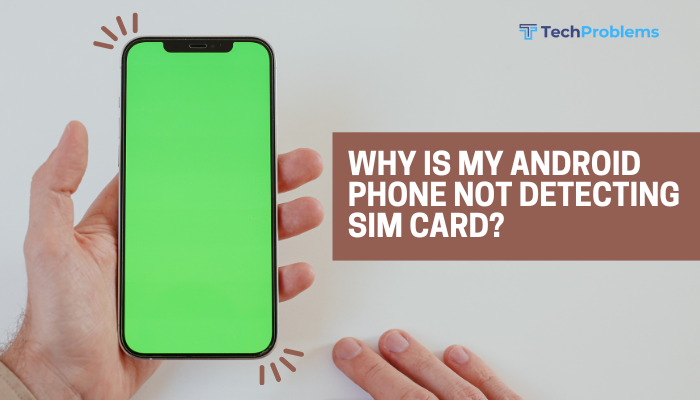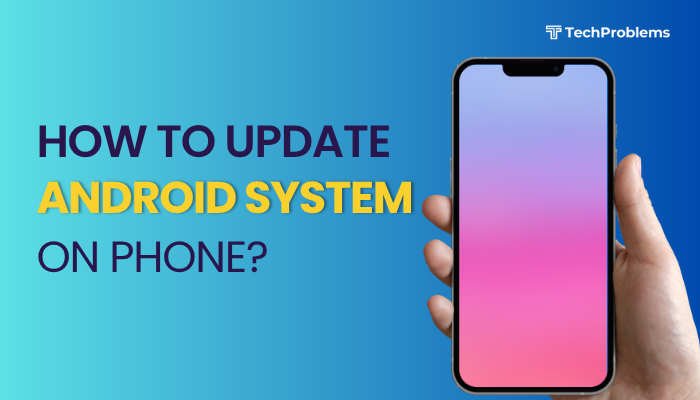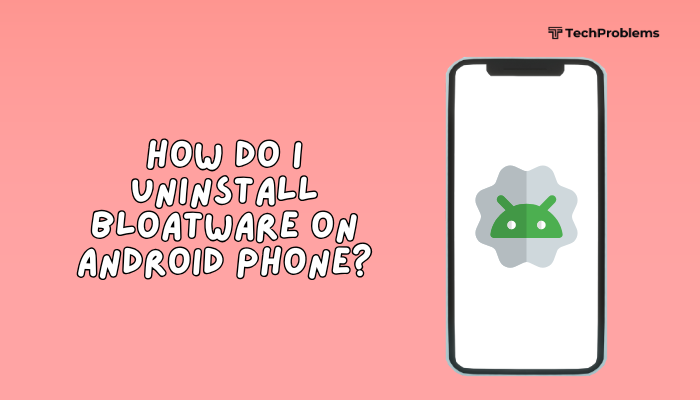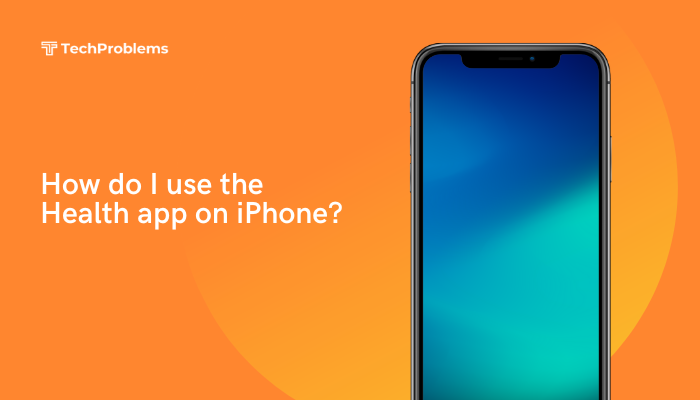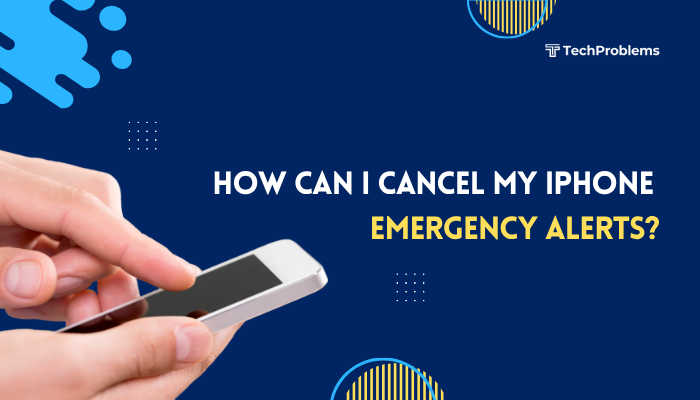A phone showing the wrong time or date disrupts alarms, calendar events, and secure connections. Whether your clock drifts, displays the wrong zone, or refuses to update, these 12 clear solutions—complete with step-by-step instructions—will restore accurate timekeeping on your Android device.
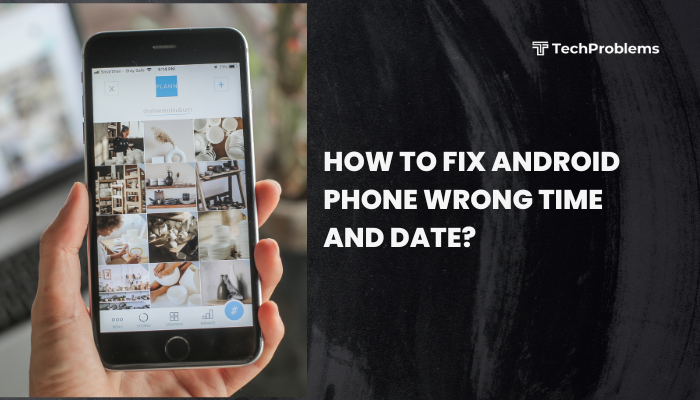
Enable Automatic Date & Time
Relying on your network or GPS to set time prevents manual drift and seasonal errors.
- Open Settings → System (or General management).
- Tap Date & time.
- Toggle Automatic date & time on (uses network-provided time).
- Toggle Automatic time zone on (uses network-provided zone).
- Wait a minute; your clock should update automatically.
Tip: If your carrier doesn’t provide correct time, try the GPS-based option in step 2’s submenu (if available).
Manually Select the Correct Time Zone
If you travel or your network time zone is wrong, choose manually.
- Settings → System → Date & time.
- Turn Automatic time zone off.
- Tap Select time zone, scroll your region’s city or GMT offset.
- Confirm and verify the displayed time matches local time.
Note: Remember to re-enable automatic zone if you travel frequently.
Sync Time via the Clock App
Some clock apps include a manual sync to Network Time Protocol (NTP) servers.
- Open the default Clock app.
- Tap the three-dot menu → Settings → look for Synchronize time or Sync with NTP.
- Tap to force a sync.
- Verify the system time in Settings has updated.
Tip: If your Clock app lacks this feature, install a trusted NTP client from Play Store.
Restart Your Device
A reboot clears stalled system services responsible for time updates.
- Press and hold Power until the menu appears.
- Tap Restart (or Reboot).
- After the device powers up, check Settings → System → Date & time for accuracy.
Insight: Always reboot after major setting changes to ensure services reload.
Clear Cache for Clock and Google Play Services
Corrupted cache in system apps can block time syncing.
- Settings → Apps & notifications → See all apps → tap the three-dot menu → Show system.
- Find Clock, tap Storage & cache → Clear cache.
- Repeat for Google Play Services under the system list.
- Reboot and check if automatic time updates resume.
Caution: Do not clear data for Google Play Services—only cache.
Update Android System Software
Bugs in the OS can corrupt the time-keeping daemon.
- Settings → System (or About phone) → System update → Check for updates.
- Download and install any available updates.
- After install, reboot and verify Date & time settings.
Pro Tip: Enable auto-updates on Wi-Fi so you never miss critical patches.
Reset Network Settings
Resetting Wi-Fi, mobile, and Bluetooth can fix network-time issues.
- Settings → System → Reset options → Reset Wi-Fi, mobile & Bluetooth.
- Confirm Reset settings (you may need your PIN).
- After reboot, re-enable Automatic date & time and wait for the clock to update.
Note: This deletes saved networks and paired devices; have credentials handy.
Test in Safe Mode
Safe Mode disables third-party apps that might override time settings.
- Press and hold Power → long-press Power off → tap OK for Safe Mode.
- In Safe Mode, open Settings → System → Date & time and enable automatic options.
- If time now updates, reboot normally and uninstall recent apps (e.g., timezone spoofers or clock widgets).
Common Culprits: VPNs with “change device time” features or clock-based theming apps.
Check for Rogue Time-Changing Apps
Some apps alter system time for testing or spoofing.
- Settings → Apps & notifications → See all apps.
- Look for apps named “Time Zone Changer,” “Clock Sync,” or any with clock icons.
- Tap each → Uninstall or Disable.
- Re-enable Automatic date & time and verify accuracy.
Tip: Use the Play Store’s Installed list to spot unfamiliar apps.
Verify Root or Custom ROM Settings
If your device is rooted or running a custom ROM, check system time daemons.
Open a Terminal or use ADB shell:
shell
CopyEdit
adb shell date
If the shell time is incorrect, use:
shell
CopyEdit
adb shell su -c 'date -s YYYYMMDD.HHMMSS'- Ensure your ROM’s build.prop contains correct persist.* settings for NTP servers.
- Reboot and test the system time.
Warning: Root operations can misconfigure your system; proceed only if comfortable with command-line tools.
Wipe Cache Partition in Recovery Mode
A deeper system cache wipe can restore correct time services.
- Power off the phone.
- Boot into Recovery Mode (usually Volume Up + Power).
- Use volume keys to select Wipe cache partition, press Power to confirm.
- After completion, select Reboot system now.
- Once booted, confirm Settings → Date & time is correct.
Note: This does not erase personal data; it clears temporary system files.
Factory Reset as a Last Resort
When nothing else works, a factory reset clears deep corruption.
Preparation
- Backup contacts, photos, and app data via Settings → System → Backup or Google Drive.
- Note VPN or custom NTP settings you’ve configured.
Reset Steps
- Settings → System → Reset options → Erase all data (factory reset).
- Confirm and allow your phone to wipe and reboot.
- During setup, immediately enable Automatic date & time.
- Verify time accuracy before restoring other apps.
Warning: Factory reset erases all personal data—use only when every other fix fails.
Preventive Tips for Accurate Timekeeping
- Keep Software Updated: Enable system and app auto-updates on Wi-Fi.
- Use a Reliable NTP Client: Install a trusted NTP app for manual sync if network time is unreliable.
- Avoid Rogue Clock Apps: Only install clock or timezone apps from reputable developers.
- Monitor Battery Saver Settings: Some battery savers disable network time sync—exempt the Clock app if needed.
- Check Carrier Profile: Rarely, a faulty carrier provisioning SMS can corrupt network time—reset network settings if you change carriers.
Conclusion
Wrong time and date on Android can disrupt alarms, events, and secure connections, but you can fix it yourself. Start simple—toggle automatic settings, reboot, and clear cache—then move to network resets, Safe Mode tests, and software updates. Advanced users with root can adjust system daemons, while everyone else can rely on factory resets as a final measure. Combine these 12 solutions with preventive habits—regular updates, reliable NTP tools, and cautious app installs—to ensure your Android’s clock stays accurate, reliably supporting alarms, scheduling, and secure services.

